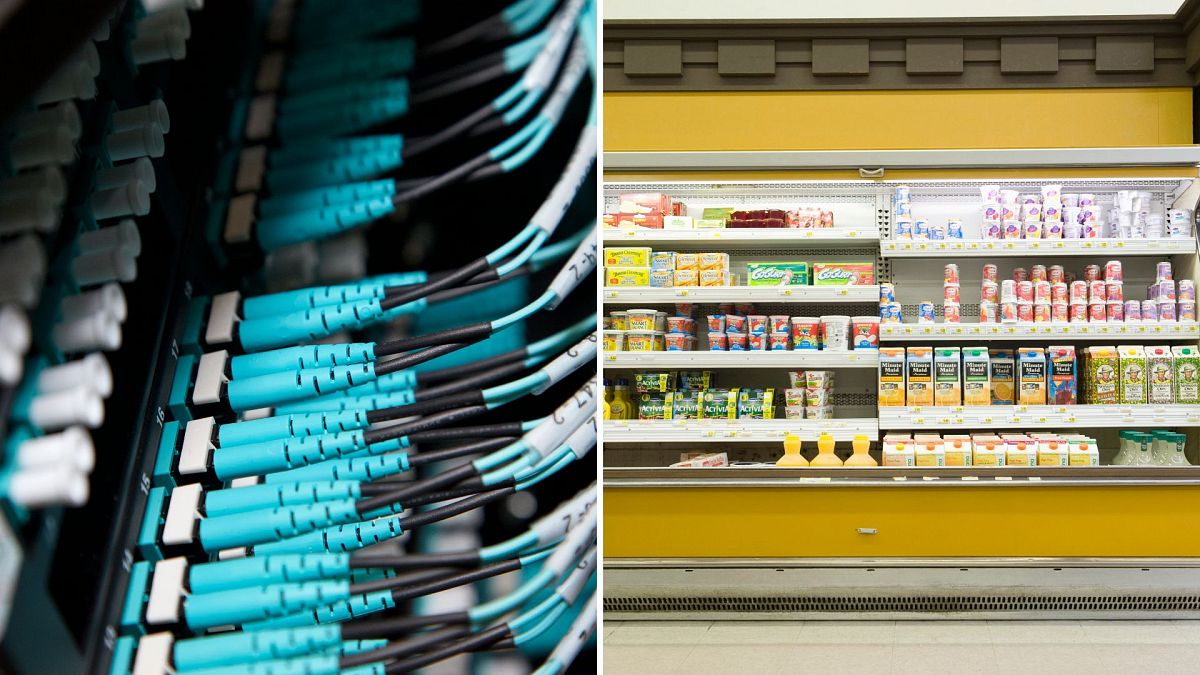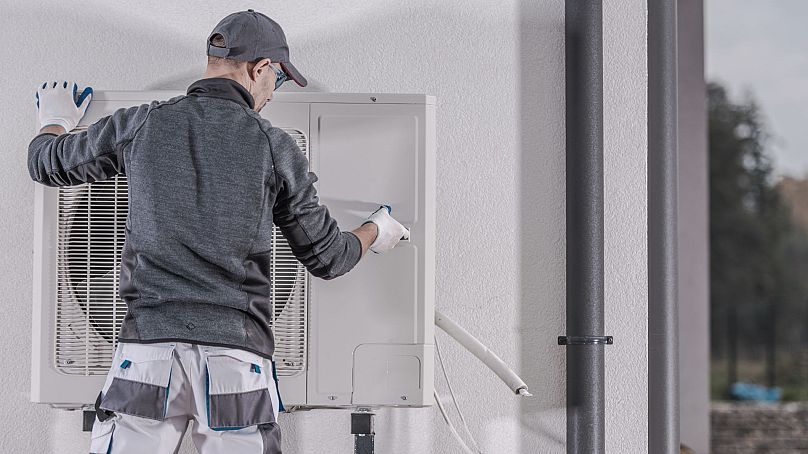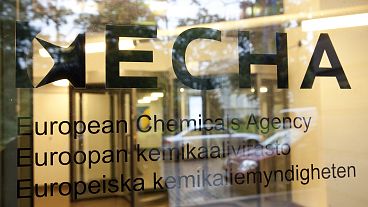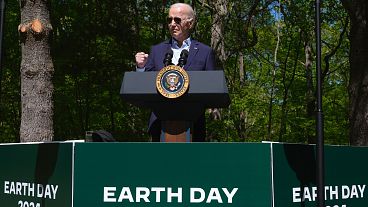Engines often ‘run hot’, as anyone with an overactive laptop knows. But where does this heat go - and how can we harness it to heat our homes?
Capturing Europe’s excess heat could power most of the region, a new report has urged.
Excess heat - escaping out the window, or emanating from appliances - is the world’s “largest untapped energy source,” a report from global engineering company Danfoss has estimated.
According to its findings, the EU wastes 2,860 TWh a year in excess heat.
This nearly matches the EU and the UK’s total demand for heat and hot water, which is approximately 3,180 terawatts per year.
“Much of this excess heat could instead be captured and used,” the report’s authors urge.
“Using excess heat is energy efficiency in its purest form.”
Where does excess heat come from?
Ever felt your computer run hot while you’re trying to use it? That’s a form of excess heat.
But it isn’t just individual appliances that burn off additional energy.
Supermarkets, factories, data centres and wastewater facilities generate vast amounts of wasted heat. So do industries like chemical manufacturing and steel and cement production.
Capturing and using this heat will be key to Europe’s green energy transition.
According to the International Energy Agency (IEA), increasing energy efficiency could reduce CO2 emissions by an additional five billion metric tonnes per year by 2030.
“In terms of energy security, these energy savings can help avoid almost 30 million barrels of oil per day (triple Russia’s average production in 2021) and 650 billion cubic metres (bcm) of natural gas per year - around four times what the EU imported from Russia in 2021,” the report reads.
How can we harness excess heat?
We don’t have to invent any new technology to capture this heat - just implement the solutions that have already been invented.
“We already have the solutions available today - what we need now is the political will to make it happen. The greenest, cheapest, and safest energy is the energy we don’t use,” the report states.
Excess heat that has already been released can be captured by heat-recovery technology like heat pumps.
Another solution is to prevent the release of this heat in the first place. Appliances like air conditioners can be built to run more efficiently, thereby releasing less energy.
More broadly, infrastructural changes are key. Urban planning can help - for example, locating a data centre, which produces large amounts of heat, next to an entity that can use that heat.
In some places, such technology is already in use. Technological University Dublin, for instance , uses the excess heat from an Amazon data centre to warm its student accommodation.
In Norway, the world’s first land-based lobster farm uses heat from a data centre to heat the water it grows lobsters in.
In many cities, the main sources of excess heat are highly concentrated. On average, 78.8 per cent of excess heat generated by cities like Amsterdam, Berlin, Warsaw, and Brussels comes from the town’s top three sites alone, the report claims.
This means it would be relatively simple to integrate these facilities into a district energy system that draws from a number of different heat sources.
“Recycling heat is not only an overlooked measure in the current energy crisis, but also the next frontier of the green transition,” the report concludes.




